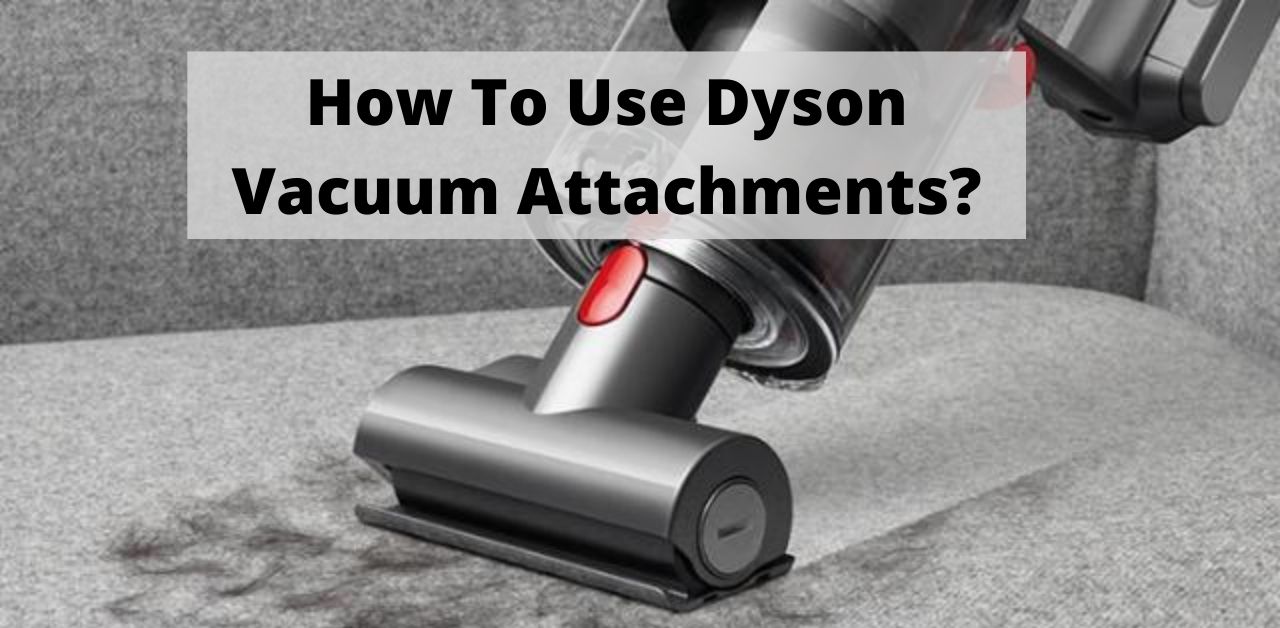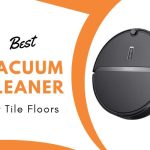I am most frequently used to vacuuming with vacuuming tools that come with standard vacuum cleaners.
A full appreciation of the vacuum cleaner’s capabilities will require that you understand the purpose of each tool.
Consider purchasing a vacuum cleaner with some onboard accessories so that you can easily use them when vacuuming.
It is a luxury to be able to use a vacuum cleaner well. You may not feel that way if you dislike your vacuum cleaner.
I am here to tell you how to use your vacuum cleaner to your advantage, not against you!
Materials required:
- Tool for crevices
- Attachment for small motorized brushes
- Small soft brush for dusting
- Attachment for small motorized brushes
- Available as an option
What are the instructions for using Dyson vacuum attachments? A step-by-step guide
Attaching attachments at unusual angles
Step 1: Use the crevice tool to vacuum sharp corners
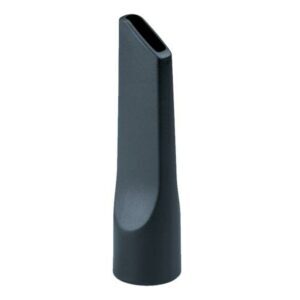
There is an attachment at the end of the crevice tool which is a thin section of plastic with a 45-degree opening.
The angled openings make it easier to clean corners and difficult-to-reach areas. It can be used for fabric, wood, metal, or stone.
The inclined opening of the crevice tool should be placed directly against the corner or angle to be cleaned.
Step 2: Select a brush with multiple angles for surfaces that are sensitive
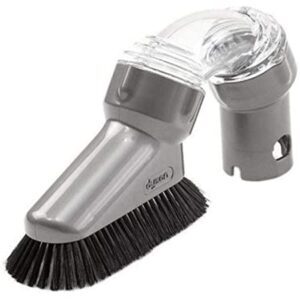
With a medium-soft bristle on the angle attachment, the multi-angle brush is a modular angle brush. There is some flexibility, but it cannot be rotated completely.
Clean the carpet beneath the furniture with a vacuum cleaner or with a multi-angle brush to remove dirt from the skirting boards.
Using the bristles, blow the dirt up and allow it to absorb into the hose as you move them back and forth.
Step 3: Deeply clean surfaces that are difficult to reach with tools that are readily available
A clunky wand with numerous attachments is within easy reach. You can extend the extension hose by pressing the red button at the end of the accessory.
Furthermore, the device includes a dust removal tool and a brush attachment in a W-shape.
Brushes should be pushed behind and under appliances, around internal vents, and strangely shaped light fixtures by using tools at hand.
How to select attachments for unique surfaces
Step 1: Dust surfaces that are sensitive with a dusting brush

A version of this brush was made by Dyson with hard bristles and a firmer surface. It is a rectangle of four by eight inches with long, soft bristles protruding from it.
On window sills containing ornaments or plants, use a dusting brush. Furthermore, it is an excellent choice for lampshades and other surfaces susceptible to dust accumulation.
When vacuuming, use the bristles of the brush to remove dirt from the surface.
Step 2: Use a fibre soft dusting brush to clean the fabric and carpet surface
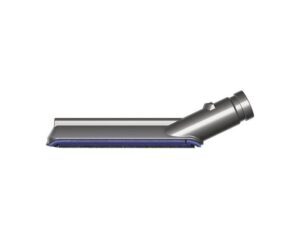
In order to ensure the safety of sensitive surfaces, the fibre soft dusting brush has a carbon fibre lining.
Curtains, tapestries, mirrors, and blinds should be cleaned with a soft fibre brush.
Attach accessories to sensitive surfaces and place fibre linings gently on them to absorb dust and dirt without excessive pressure.
Step 3: Select a turbo brush to remove hair and dirt from durable fabrics
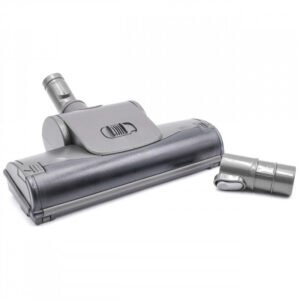
Turbo brushes are designed so that hair cannot become entangled in the hose. There are two turbines rotating beneath the brush.
This appears to be a flat rectangle with a clear opening at the top. Use the turbo brushes to brush over deep hair and residue on harder carpets, pet beds, or fabric furniture that does not contain velvet or silk.
Continue brushing until all residue has been removed.
Step 4: Absorb dust and dirt from flexible surfaces using mattress tools
Asthma and allergy friendly, this mattress tool secures the removal of allergens from the surface on which you usually sit or lie.
There is a plastic triangle attached to the mattress tool that is inclined downward at a 45-degree angle from the hose.
The device is designed to penetrate soft surfaces without damaging them. The mattress tool should be inserted into the surface you wish to clean.
Drag the tool across the surface you wish to clean to remove the dirt and dust embedded deep within the mattress, soft sofa, and pillow.
5. Select a levelling tool for the floor or surface
As part of Dyson’s line of graphic design attachments, two large attachments are available.
Floor tools equipped with nylon brushes are capable of removing dirt and dust from wood and tile surfaces.
It can also be rotated to facilitate moving around the furniture. If necessary, you can use an attachment with an extremely thin flat surface to clean a large area under the furniture.
This attachment can be used for carpet or wood floors.
Attaching vacuum attachments
Step 1: Turn off the vacuum before replacing the accessories
Before removing the wand or connecting anything to the hose, it is advisable to unplug the Dyson vacuum cleaner.
Your vacuum hose may fly all over the place or knock something over if the vacuum is running when you remove the handle.
Step 2: Press the red button at the bottom of the handle in order to release the wand
Press the red button on the back of the upright vacuum cleaner, near the intersection of the vacuum cleaner and the vacuum cleaner frame.
The rod and hose will be released simultaneously. With one hand, remove the straw from the vacuum and the other hand, pull the hose from the vacuum.
Step 3: Position the plastic cover on top of the handle
At the top, there is a plastic cover. The opening is accessible by opening this lid. Attach your hose to this opening.
Step 4: Insert the hose into the handle and wait for it to click into place
Slide the hose into the opening at the top of the handle after turning the wand so that the handle faces the hose. As soon as the hose and the wand are connected, they will lock together.
Step 5: Slide the desired attachment onto the end of the wand
You can attach any Dyson accessory to your hose by sliding the opening over the end of the wand. The attachment should be rotated to adhere to the end of the wand.
The attachment will not make any sound, since it is held in place by tension between the two openings.
Step 6: Press the red button again to delete or edit the attachment
Press the same red button you used to activate the accessory after completing its use. The hose will become free.
Slide the vacuum cleaner’s hose into the corresponding opening, and then reattach the handle by flipping the wand again.
FAQs
Is every Dyson attachment the same?
The accessories of the V7, V8, V10, and V11 can be interchanged and are suitable for any of the above models.
What Dyson brush do you recommend for hard floors?
Specifically designed for hardwood floors, Dyson’s soft roller head is coated with carbon fibre filaments to repel dirt and remove small particles.
How do Dyson Wand clips work?
On the vacuum cleaner, you can conveniently store the combination and crevice tools. When they are needed, you can readily access them. $9.
Do you know what the Dyson Mini Motorised tool is?
It can be used to remove stubborn dirt from mattresses, sofas, and stairs due to the concentrated power of the electric brush head.
In conclusion:
I now know how to use Dyson vacuum accessories after reading this article. Among the various accessories, determine which is best suited to which type of work.
Each of these features will facilitate faster and easier cleaning.
